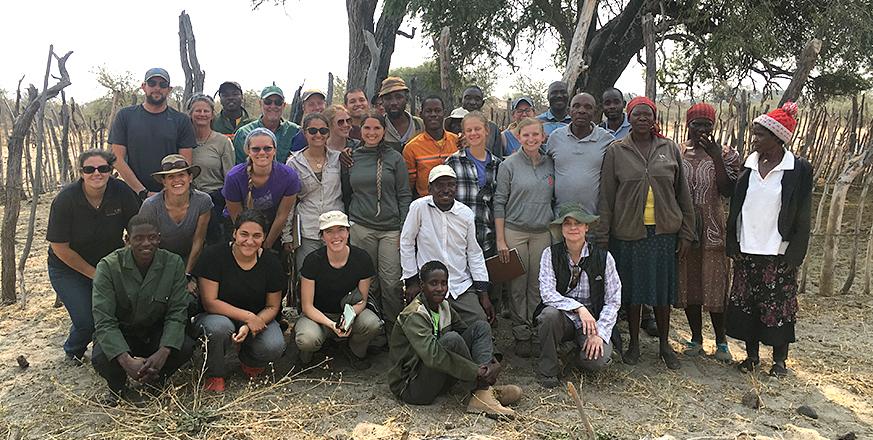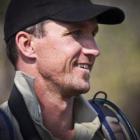Notes from the Field: Jordana Meyer and Simon Morgan - Reflections on Our Journey Through Botswana

This journey blended a diversity of students and perspectives. The Stanford participants had the goal of learning about the problems people and nature face in remote regions, mentoring in field settings, and testing a variety of cutting-edge field equipment. The University of Illinois undergraduates were taking a course designed and developed by us (Meyer and Morgan) in connection with conservation education efforts we have long been involved with, intended to open the eyes of its participants to the realities and to challenges of protecting both wilderness and cultures equally.
Our aim is to ignite the passion of up and coming conservationists to work toward the coexistence of humans and wildlife. We hope they will carry these experiences with them as they develop their future pathways and work towards creating a better tomorrow for all.
It is not often that you get to unplug and immerse yourself in a learning and wildlife environment. We had 18 people on an educational exploration, ranging from world leading scientists to budding researchers and conservationists, covered 756 miles in open Land Rovers over 21 days, while traversing through 5 protected areas, including a world heritage site, explored over 20 research techniques and technologies, engaged with 3 communities dealing with wildlife conflict and coexistence, spotted 43 mammals and 186 bird species all while following the water flow through a functional ecosystem, which can be best described as a ‘mega-oasis’filled by the rains in Angola and disappearing into the pans of Botswana’s Kalahari.
This was the first in-depth foray for many into the natural world and the issues being faced by wildlife managers, conservation authorities and people living in or on the edge of wildlife dominated landscapes. With a group of people from different walks of life and at very different stages of their lives, it was intriguing to see transformations amongst them all. When one is exposed to issues or problem cases, we are often quick to start formulating solutions in our minds, rapidly discussing these amongst ourselves and then proposing to those affected how they could best approach the issues at hand. Given the current stress on the worlds resources and natural environment, we also tend to take the side of and consider how best to minimise impact on the natural world when formulating these solutions. The hardest part though is not trying to come up with ideas in the beginning at all, but listening, immersing yourself into the space and empathizingwith the situation. This is the first step in a design thinking approach and probably the hardest.
Given we are not the ones living with the ideas or solutions we conjure up, it is imperative that we understand that perhaps we are not the best suited to even come up with solutions. We should rather assist in the process of idea formulation and implementation by those living and working in the regions – again a difficult thing to do, since we often like to be seen or thought of as problem solvers.
During the course of the trip we felt the most important lesson learnt by all was about the complexity of factors which need to contribute to the development of meaningful land use policies and perhaps more importantly their effective implementation. It was evident that no matter the land use type the success of many well thought out and meaningful programs is often undermined by nepotism and corruption, meaning limited beneficiation by local communities or adverse impacts on functional ecosystems. That said, the innovation by individuals on the ground and the hope & passion that we encountered meant we all departed with a new spring in our step and determination to apply ourselves wholeheartedly onwards.
As we wrap up our time in Botswana, we reflect on our journey through this incredibly connected and functional system spanning wetlands to desert and incorporating humans throughout. The people of Botswana have given nearly 40% of their lands to the world, providing an incredible amount of ecosystem services, not to mention pure enjoyment, to mankind.
 Simon Morgan, JRBP Research Associate
Simon Morgan, JRBP Research Associate
 Jordana
Jordana



